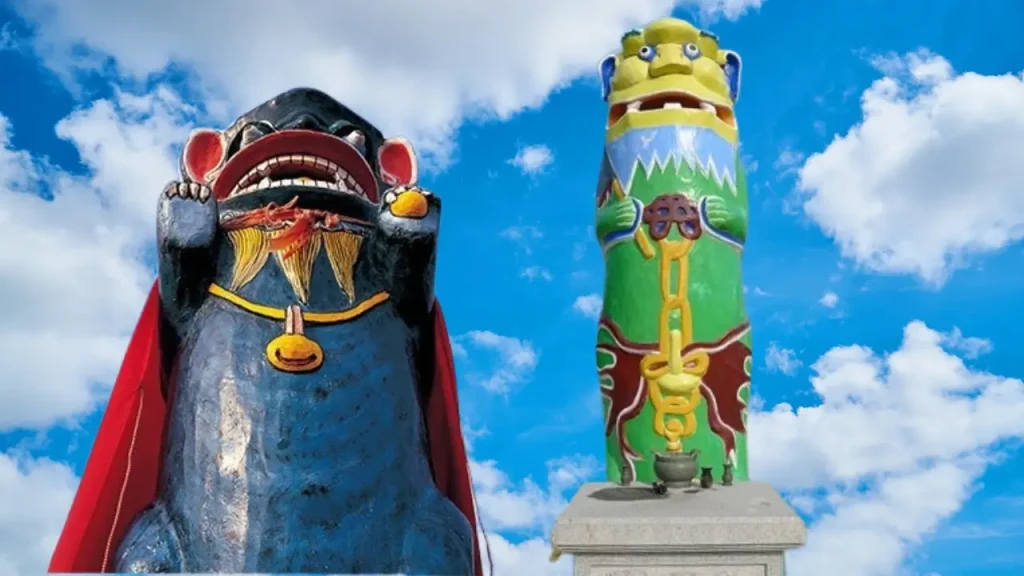The Wind Lions of Kinmen – The Most Famous Kinmen Island Attraction?
If you are asking yourself “What to do on Kinmen Island?”, a great answer is to chase the wind lions (also known as windlions) scattered across the island. I featured them in my Gods of Kinmen video a while ago, and I finally have the time to write a short article about these stone guardians of Kinmen.
Even if you are not planning to travel to Taiwan, this story is worth reading. After living in Kinmen for a while, I have come to realize that the Wind Lions are more than just tourist attractions, they are historical monuments.

The locals still actively worship these stone statues today. Known as the “Wind Lion Gods,” they can be found all over the island. People craft cloaks for them, leave offerings, and pass down mysterious tales about these unique local guardians
The History of the Wind Lions of Kinmen Island
Once upon a time, the Mongols turned China upside down, and the Yuan dynasty (1271–1368 AD) left its mark on Kinmen as well. After the Tang dynasty, the island nearly became treeless, as residents relied on wood for the booming logging and salt industries.
This deforestation made Kinmen vulnerable to incoming monsoons, which caused severe sandstorms and wind damage.
During this time, stone lions were brought from Quanzhou and Zhangzhou as religious guardians to ward off evil. These statues became the weapon of choice against the man-made environmental challenges of the era. Wind Lion Gods were quickly placed in villages or areas most affected by the destructive winds.
Over the years – many years – trees began to regrow, but the statues remained. Today, the Wind Lion Gods are still revered as the guardians of Kinmen. And in case you wonder why Kinmen is part of Taiwan? Just follow the link :).


